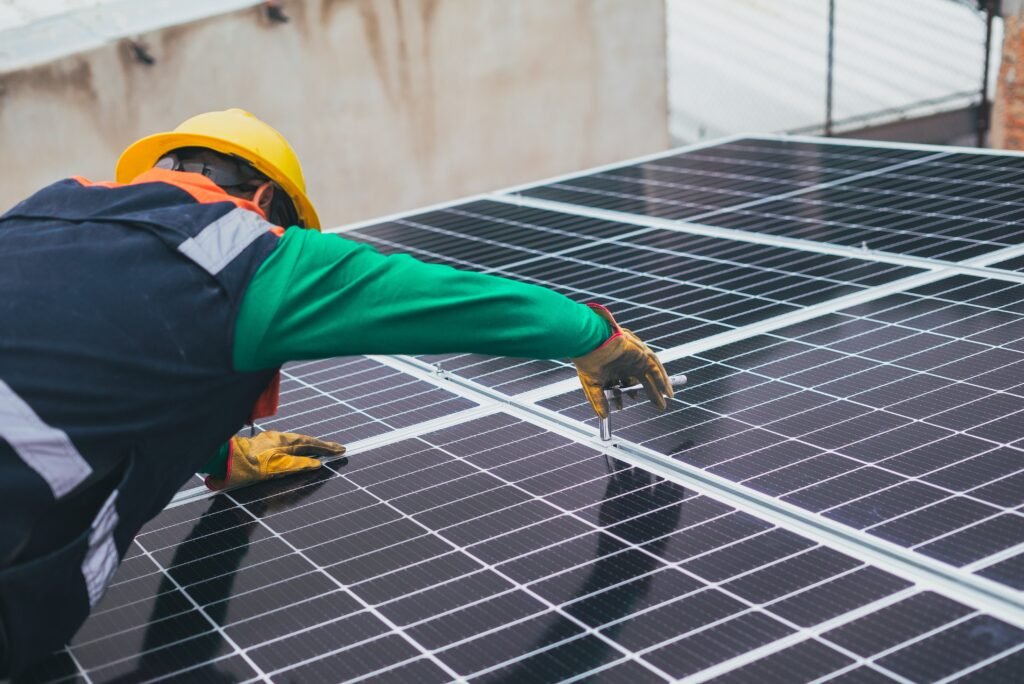Have you ever stopped to think about the impact that plastic container production has on the environment? In this article, we will explore the various ways in which the manufacturing of plastic containers affects our planet. From the extraction of raw materials to the disposal of the final product, every step of the production process carries a significant environmental footprint. By understanding these considerations, we can make more informed choices about our consumption and contribute to a more sustainable future.

This image is property of images.pexels.com.
1. Introduction
Plastic containers, as the name suggests, are containers made from plastic material that are used for various purposes in our modern society. These containers have become an integral part of our daily lives due to their convenience, durability, and affordability. From food packaging to household storage, plastic containers are widely used and their importance cannot be underestimated.
2. Environmental Impacts of Plastic Container Production
Plastic container production has significant environmental impacts throughout its lifecycle. One of the key concerns is the energy consumption during the production process. The extraction of raw materials and the conversion of crude oil into plastic requires a substantial amount of energy, contributing to carbon emissions and climate change.
In addition to energy consumption, the production of plastic containers also leads to greenhouse gas emissions. The manufacturing process releases carbon dioxide and other greenhouse gases into the atmosphere, exacerbating the greenhouse effect and contributing to global warming.
Water consumption and pollution are also major environmental issues associated with plastic container production. The production process requires large quantities of water, which can lead to water scarcity and strain on local water sources. Moreover, the disposal of wastewater from the manufacturing process can result in water pollution, harming aquatic ecosystems.
Waste generation and disposal are significant problems caused by plastic container production. The packaging industry generates vast amounts of plastic waste, much of which ends up in landfills or as litter in our oceans and environment, taking hundreds of years to decompose. This contributes to the growing problem of plastic pollution, negatively impacting wildlife and ecosystems.
Furthermore, toxic chemicals are often used in the production processes of plastic containers. These chemicals, such as bisphenol A (BPA) and phthalates, can leach into food or beverages stored in plastic containers, posing potential health risks.

This image is property of images.pexels.com.
3. Material Considerations
Different types of plastics are commonly used in the production of plastic containers. These include polyethylene terephthalate (PET), high-density polyethylene (HDPE), and polypropylene (PP), among others. Each type of plastic has varying environmental impacts.
PET, commonly used in beverage bottles, is relatively easier to recycle compared to other plastics. HDPE, used in milk jugs and detergent bottles, also has good recycling rates. On the other hand, PP, often used in food containers, has a lower recycling rate due to its complex composition.
Biodegradable and compostable alternatives have emerged as potential solutions to mitigate the environmental impacts of plastic container production. These materials, such as bioplastics derived from renewable resources, can break down naturally over time, reducing waste accumulation. However, it is important to consider the specific disposal requirements for these materials to ensure they are properly managed.
Recycling plays a crucial role in reducing the environmental impacts of plastic container production. However, there are limitations to the recycling process, including the complexity of sorting different types of plastics and the lack of infrastructure in some regions. Improving recycling technologies and increasing consumer awareness about proper recycling practices are essential for maximizing recycling rates.
4. Resource Management
To address the environmental impacts of plastic container production, resource management strategies are crucial. This includes sustainable sourcing of raw materials. The extraction of raw materials, such as fossil fuels, can have detrimental effects on ecosystems and contribute to climate change. Therefore, sourcing materials from renewable sources and reducing dependence on fossil fuels is important.
Optimizing production processes to reduce energy consumption is another key consideration. By improving the efficiency of manufacturing operations and implementing energy-saving technologies, the environmental footprint of plastic container production can be minimized.
Water management strategies are also essential to mitigate the water consumption and pollution associated with plastic container production. Implementing water-saving technologies, recycling wastewater, and promoting responsible water usage can help minimize the industry’s impact on local water sources.
Efficient waste management and recycling programs are crucial for reducing the amount of plastic waste generated by the packaging industry. Implementing comprehensive waste management systems, including recycling and composting programs, can contribute to a more circular economy where plastic waste is minimized.

This image is property of images.pexels.com.
5. Environmental Regulations and Standards
To address the environmental concerns associated with plastic container production, there are national and international regulations in place. These regulations aim to minimize the environmental impacts by setting standards for energy efficiency, waste management, and chemical usage.
Certification programs have also been established to promote sustainable production practices in the plastic container industry. These certifications provide recognition for companies that adhere to environmental standards and encourage industry-wide adoption of sustainable practices.
Both regulations and certification programs have had a significant impact on industry practices. They have driven companies to implement more sustainable production processes, reduce emissions, and improve waste management practices.
6. Life Cycle Assessment
Life cycle assessment (LCA) is a valuable tool for understanding the environmental impacts of plastic containers throughout their lifecycle. It considers all stages, from raw material extraction to end-of-life disposal, and assesses the potential environmental effects of each stage.
By conducting life cycle analyses, different types of containers can be compared based on their environmental performance. This enables companies to make informed decisions about the materials and design strategies that can minimize their environmental footprint.
Design strategies that focus on reducing environmental impacts are essential for plastic container production. This includes lightweighting containers to reduce material usage, incorporating recycled content in manufacturing processes, and optimizing packaging designs to minimize waste.
7. Consumer Awareness and Behavior
Consumer awareness plays a crucial role in addressing the environmental impacts of plastic containers. Educating consumers about the environmental consequences of plastic production and disposal can help promote responsible use and disposal practices.
Encouraging consumers to reduce their consumption of single-use plastic containers is essential. This can be achieved through campaigns promoting reusable alternatives, encouraging the use of refillable containers, and promoting the concept of a circular economy.
In addition, promoting alternatives to single-use containers, such as bulk purchasing or using refill stations, can help reduce the demand for plastic packaging and foster more sustainable consumption behavior.
8. Technological Innovations
Technological advancements have the potential to revolutionize plastic container production and mitigate its environmental impacts. Bio-based plastics, which are derived from renewable resources, offer an alternative to traditional petroleum-based plastics. These materials have the potential to reduce carbon emissions and dependence on fossil fuels.
Alternative packaging materials and systems, such as edible packaging or packaging made from agricultural waste, are also being developed. These innovations aim to provide environmentally friendly alternatives to traditional plastic containers.
Improvements in recycling technologies are also crucial for increasing recycling rates and reducing the amount of plastic waste that ends up in landfills or the environment. Innovations in sorting and processing plastics can enhance the efficiency of recycling systems and create a more circular economy.
9. Corporate Responsibility
Corporate responsibility is vital in driving sustainable practices in plastic container production. Companies in the industry can adopt sustainable practices by implementing eco-friendly production processes, sourcing renewable materials, and reducing their environmental footprint.
Investing in research and development of eco-friendly alternatives is also important. By supporting the development of innovative materials and technologies, companies can contribute to the advancement of sustainable packaging solutions.
Collaborating with stakeholders, including government bodies, NGOs, and consumers, is crucial for addressing environmental concerns in plastic container production. By working together, industry stakeholders can share knowledge, resources, and best practices to collectively tackle environmental challenges.
Transparency and reporting on environmental performance also play a key role in corporate responsibility. By disclosing environmental data, companies demonstrate their commitment to sustainability and provide transparency to stakeholders.
10. Future Outlook
The future of plastic container production lies in the adoption of emerging trends and technologies that prioritize environmental considerations. Continued advancements in production processes, material innovations, and recycling technologies will drive significant progress in reducing the environmental impacts of plastic containers.
Circular economy principles can play a significant role in transforming the industry. By designing containers for multiple uses, optimizing recycling systems, and promoting a shift towards a more sustainable and circular approach, plastic container production can become more environmentally friendly.
Collaborative efforts between industry, government, and civil society will be crucial in tackling plastic pollution. By working together, stakeholders can develop comprehensive solutions that address the full lifecycle of plastic containers and contribute to a healthier planet for future generations.
